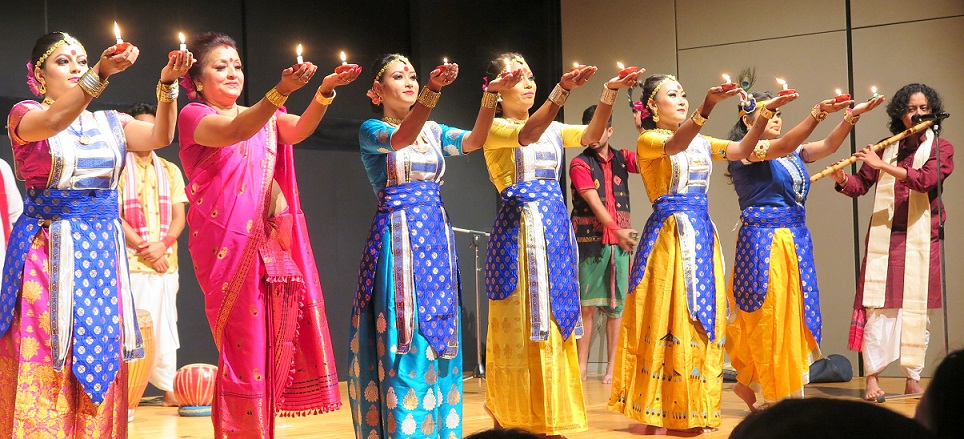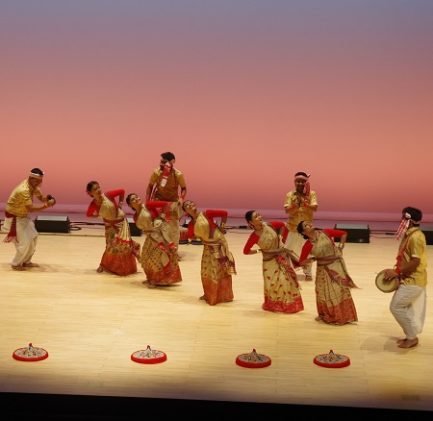
“Dance is the timeless interpretation of life.” ― Shah Asad Rizvi
Samannay Kshetra is an institute of folk dance & music registered under the Societies Registration Act. Samannay Kshetra was formed by Guru Smriti Rekha Borah Saikia on 6th June 2002 to preserve, promote and perform various folk dances of the Northeast India, primarily Assam.
‘Samannay’ means integrity and unity in Assamese language. The primary aim of Samannay Kshetra was therefore to promote unity and integrity in the Northeast, India and the whole world through the traditions of age-old folk dances. We believe in the saying, “United we stand; Divided we fall”.
The NE including Assam is widely known for its wildlife, hills, mountains, tea plantations, temples, archaeological sites and the river Brahmaputra and its tributaries. Civilization has started in the banks of these rivers. Folk Dances are the best expression and manifestation of the traditions and customs of these civilizations, tribes and communities.
Assam, like the entire NE is home to a number of indigenous tribes and races, each of which has its own fairs and festivals. This has led to the propagation of in-numerous music and dance forms throughout the region. These traditions of music and dance is slowly getting erased from the larger public memory with rapid urbanization and modern consumerism. The founder of Samannay Kshetra is a passionate art and culture lover, who has tried to keep the traditions of folk dance and music alive, and to reach out to as many people as possible all over the world.
Samannay Kshetra is successfully scouting youths with folk music and dance skills from various villages for the past several years. The institute not only trains them to fine-tune their skills, but also provides them with a sustainable livelihood through the performances of the folk traditions. They form part of the group performances of all the folk dances that include playing of the folk instruments like Dhul, Pepa, Flute (Bahi), Gogona, Kham, Doba, Bortal, Madol, Negera, Dotora, khul etc.






